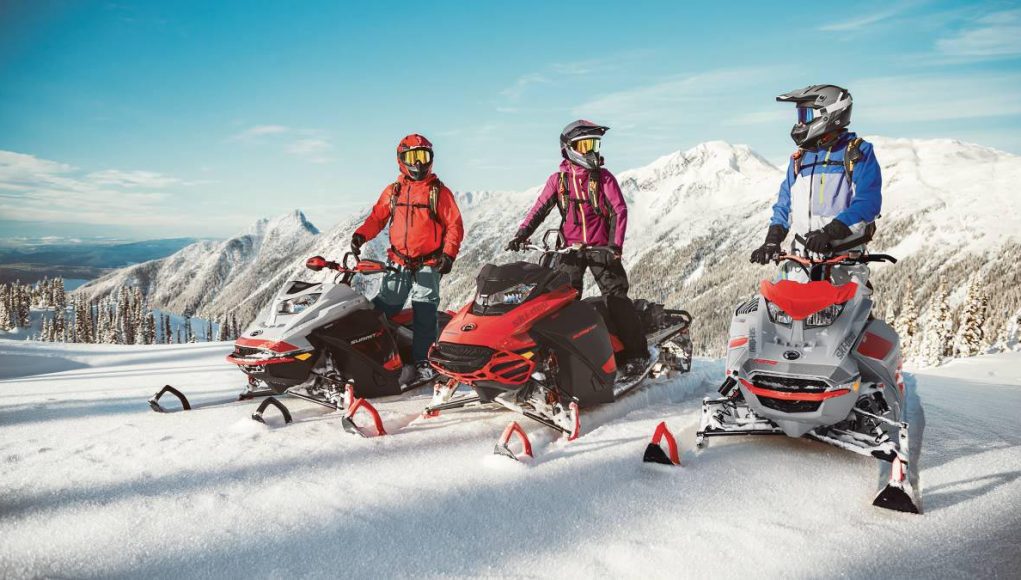As travel restrictions and popular trends like staycations have changed the way many people escape from their day-to-day lives, rediscovering classic, outdoor winter activities like snowmobiling can provide a simple way to spend time with loved ones.
In fact, BRP – a global leader in the world of powersports and boating, and manufacturer of the Ski-Doo snowmobile – is forecasting a rise in popularity of the pastime among new riders this year.
“Snowmobiling can be an exhilarating way to experience and take in the beauty of winter,” said Pascal Vincent, director of global product management, Ski-Doo. “To ensure a smooth and fun experience, it’s important to be prepared before hitting the trails. By following these tips, riders can take advantage of fun on the snow, get in some healthy escape therapy, recharge their mental batteries and practice social distancing to create memories that will last a lifetime.”
1. Check if you need a license. Licensing requirements vary by individual state, but all necessary information is available through your state snowmobile association, state natural resource office or highway department. For example, many states recommend against drivers under the age of 16 and require passengers to be at least 6 years old.
2. Understand your snowmobile before you hit the snow. Spend some time learning the controls and functions of your snowmobile so you can hit the trail with confidence. The experts at Ski-Doo recommend checking your operator’s guide, knowing your fuel level and understanding best operational practices before heading out. Some areas also require a safety class. Your state snowmobile organizations may offer safety training classes that teach riders about the parts of a snowmobile, riding skills, how to handle emergencies on the trail, laws and regulations, and hazards to avoid, among other topics.
3. Wear the right gear. The right riding gear is as much about comfort as it is about safety. Essentials include high pants or bibs (pants that extend up your chest and back), jackets, gloves, boots, goggles and helmets. Even if not required in all locales, a Department of Transportation-approved helmet can provide warmth and protection as well as fog-free vision. Learning to layer is also essential for maximum comfort. Start with a moisture-wicking base layer, add a mid-layer that provides insulation but breathes then an outer shell to protect from the elements. Most snowmobile dealers offer a full line of clothing specifically designed and manufactured to keep you warm and help withstand winter weather. For additional safety, always keep the tether cord connected to you.
4. Plan out your route and share the trail with others. Respect everyone on the snow and adopt a fun and safe riding style. Learn traditional hand signals for turning, slowing and stopping, and stay to the right when approaching hills and turns. Be mindful of signs and reminders to slow down. Planning your route in advance can help you stay out of restricted areas. Consider downloading an app like BRP GO!, which uses connected technology to provide navigation for unusual and faraway routes. The app also allows you to safely track fellow riders and download content directly to your phone if service may be limited.
5. Pay attention to the weather and protect the environment. It’s important to check the forecast and trail conditions before heading out. The wind chill or other conditions like snow blindness or whiteouts can make riding less enjoyable. Also avoid riding on rivers or other ice-covered surfaces that may be unstable. Leave your playground and surroundings cleaner than you found them. Don’t throw trash in the snow and respect the animals in the area that call it home. Protecting nature and the outdoors can help keep winter sports and recreational activities viable for decades to come.
For more tips and snowmobile safety advice, visit ski-doo.com.






